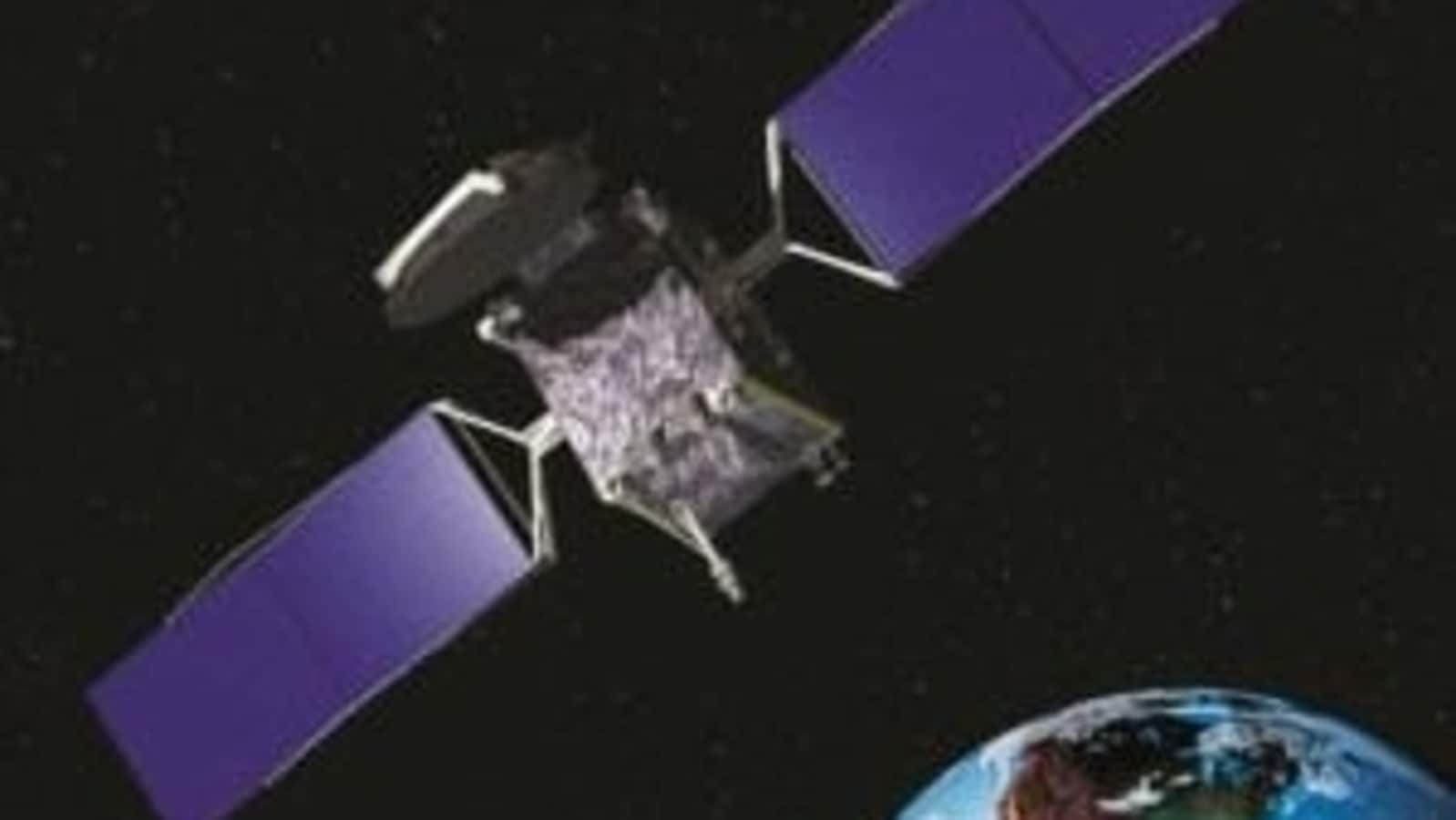This astonishing solar storm sparks geomagnetic storm, kills satellite
An intense geomagnetic storm that was sparked by a solar storm ejected by the Sun, caused Intelsat's Galaxy 15 satellite to become uncontrollable. Check details here.

The Sun is throwing up dangerous flares in all directions and some are directed at the Earth. While we recently read about a few solar storms creating beautiful auroras in different parts of the world, a storm that arrived close to Earth on August 19 killed the Galaxy-15 broadcast satellite operated by international satellite firm, Intelsat. The firm has lost control of its satellite after it was presumably disabled by space weather on August 19. Intelsat is attempting to regain control of the Galaxy 15 broadcast satellite now. A report by Spacenews.com says that the geomagnetic storm "knocked out onboard electronics needed to communicate with the satellite.
"The satellite is otherwise operating nominally, keeping Earth pointing with all payload operations nominal," Intelsat spokesperson Melissa Longo said. She also shared that the company is offloading Galaxy 15 customers onto other satellites, after which it will "continue to try to regain command” once they are off so that they can eventually deorbit it."
The satellite is equipped with 24 C-band transponders, as well as a L-band payload that was previously used by the US Federal Aviation Administration to relay GPS information to aircraft. Designed by Northrop Grumman, the Galaxy 15 operates in a geostationary orbit at an inclination of 133 degrees west, capturing pictures.
This isn't the first time that Intelsat has lost control of Galaxy 15. In 2010 also, the company lost contact with the satellite for over eight months. However, it regained connection with Intelsat's control center after its batteries fully drained and prompted a reset.
The Sun has been seen in a pretty active state in the last week as it threw up around 17 coronal mass ejections, along with 19 solar flares and 11 sunspots. Several new sunspots have also been observed on the sun's surface, including AR3085 which has increased 10 times in just two days.
Catch all the Latest Tech News, Mobile News, Laptop News, Gaming news, Wearables News , How To News, also keep up with us on Whatsapp channel,Twitter, Facebook, Google News, and Instagram. For our latest videos, subscribe to our YouTube channel.





























